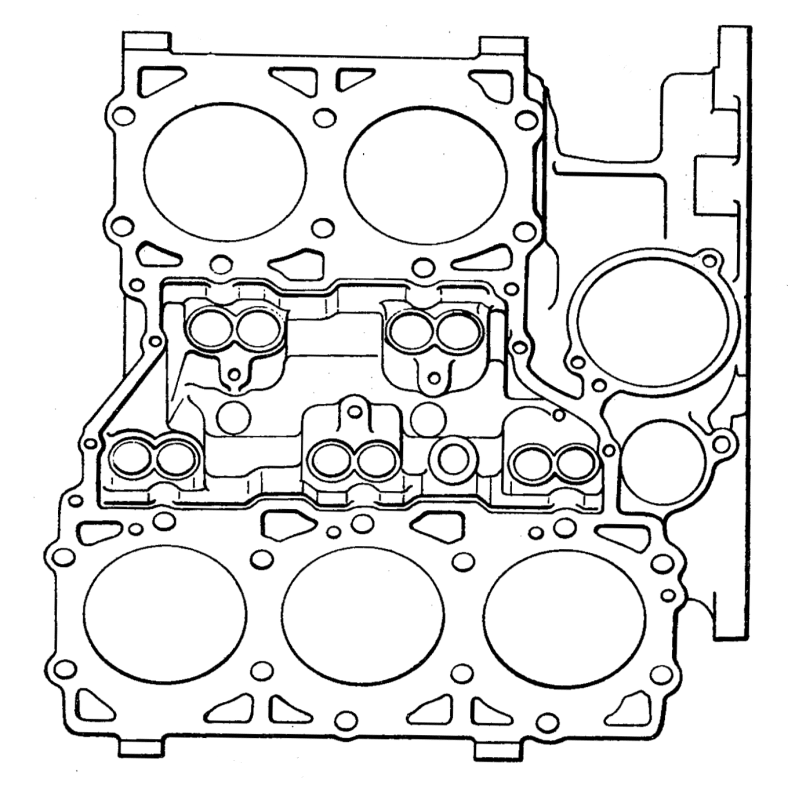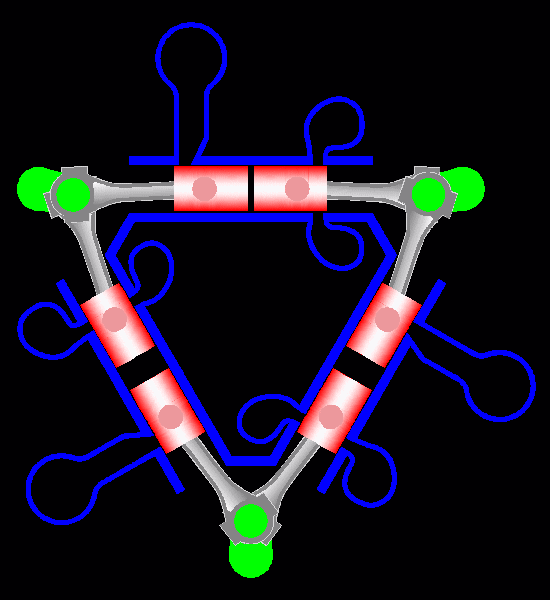enginesrus
Mechanical
Just a fun thread. Lets talk about some of the worse designed engines not going back past the 40's, and all types, sizes and applications.
Why do they get the vote as one of the worse designed. I decided to do this not so much as to talk bad about a particular manufacture, but to hopefully help them and others improve the design.
In many cases such manufactures have other engines that are just fine or have improved what was a not so good design. Maybe we can do this without mentioning any particular brand if that is frowned on in here.
If this is not so good an idea, then the moderators can just delete this.
Why do they get the vote as one of the worse designed. I decided to do this not so much as to talk bad about a particular manufacture, but to hopefully help them and others improve the design.
In many cases such manufactures have other engines that are just fine or have improved what was a not so good design. Maybe we can do this without mentioning any particular brand if that is frowned on in here.
If this is not so good an idea, then the moderators can just delete this.

![[lol] [lol] [lol]](/data/assets/smilies/lol.gif)


